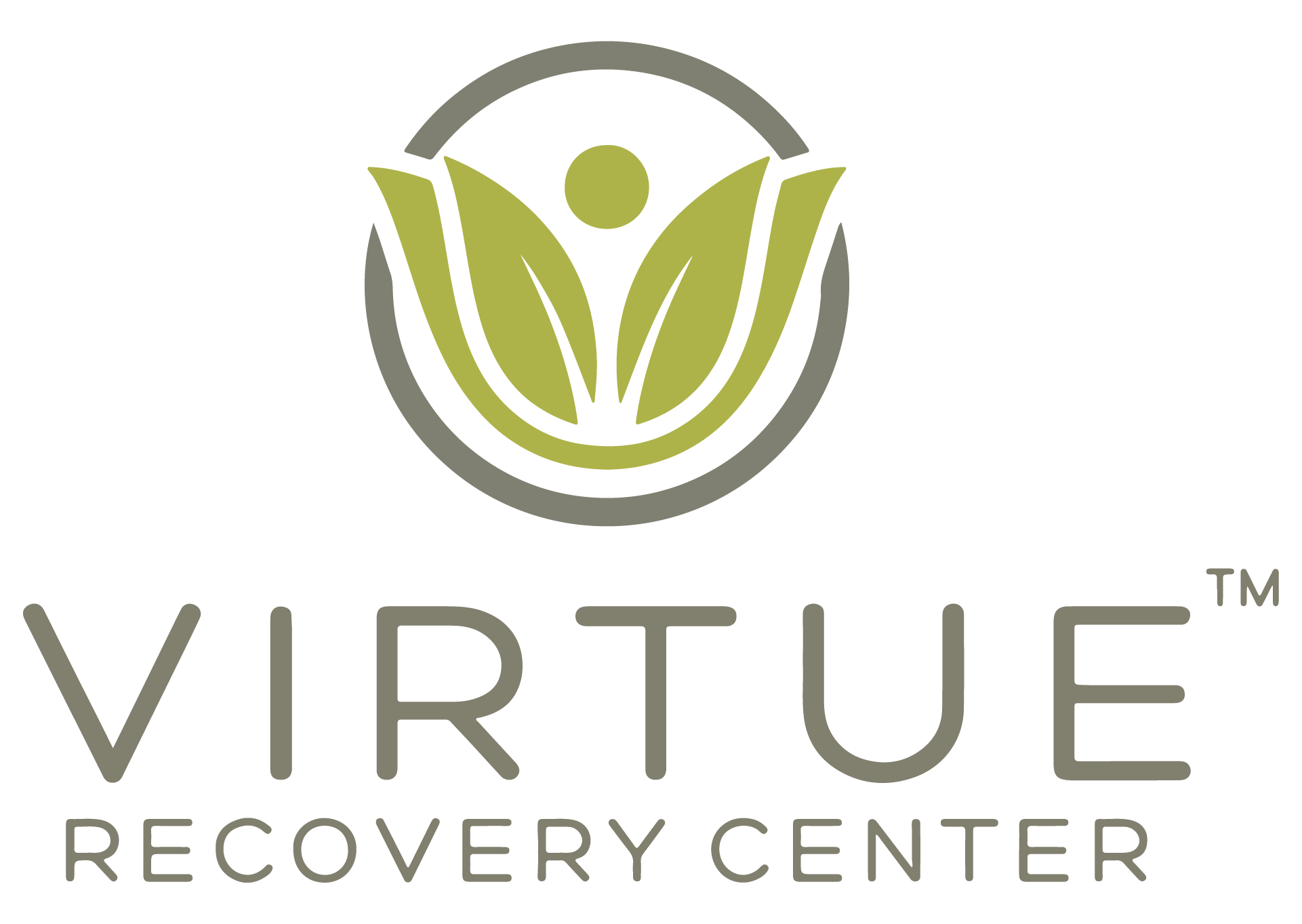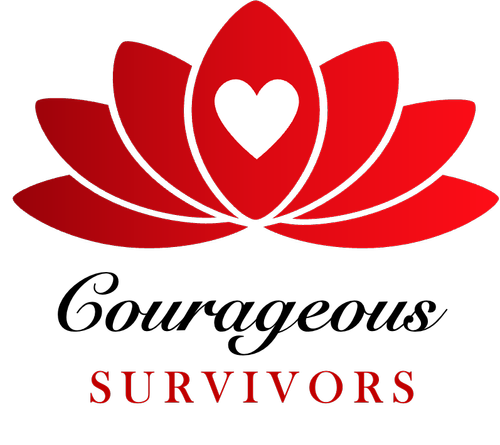Who gets addicted and who doesn’t?
Teen addiction is fact of life for 15% of high schoolers, and it’s important to take any teen use of alcohol and drugs very seriously. But not all experimentation ends in addiction. Many teens do not become addicted even if they have significantly experimented with chemical use. Here are five risk factors that greatly influence addiction.
Teen Addiction Is Everywhere
Also, there is a pattern of use that may be seen in the teen/college years when teenagers may use fairly heavily but then “age out” of the use once he/she/they focus more on studies and adult behaviors such as relationships and career. A significant number of teens will become addicted. NIDA (National Institute of Drug Abuse) estimates that 15 percent of teens are already addicted in high school. The problem is you don’t know ahead of time whether your teen is one whose use will escalate, or one whose interest in getting high will fade. These five common factors influence addiction.
It’s In The Family
Biological influences including genetics can play a part in teens’ becoming addicted. For example, teenagers get addicted much quicker than adults. Their hormones are still developing; they haven’t hit all of their biological developmental milestones. Women become addicted quicker than men also because of genetic differences. Having a family history of addiction can also significantly influence the chance of addiction. Further, if there is active and regular substance/marijuana/alcohol/tobacco use in the family, teens can mirror that behavior.
Social Learning Or Modeling
This influencing factor is especially seen within families where substance/alcohol use is normal. Social influences also include peers, sports groups, all kinds of social clubs, and social media that makes using seem exciting and fun and harmless. A very important negative modeling example is that of the glorifying of use through social media. If your child views using chemicals as normal or fun behavior, they think it’s okay to drink or drug. If parents use alcohol responsibility and don’t do other drugs, then young people can model healthy patterns even when they get outside messages that drinking is acceptable.
The Addictive Potential Of The Substance
We also need to understand the addictive potential of each drug itself. Two substances, nicotine, and crack cocaine, have highly addictive properties. For example, how many social smokers (may smoke 1- 2 cigarettes and then not smoke again for weeks) do you know – exactly! There are few social smokers because of the addictiveness of the substance. This is the same for other highly addictive drugs and medication, including, marijuana, opiates, stimulants, and alcohol (although alcohol dependences takes longer to develop).
Peer Pressure, Curiosity, Feeling “Grown Up”
As a parent, do not underestimate the influence of peer pressure as, during the teen years, peers are exceptionally important. Most teens are curious about what drinking or drugging can do for them. Using can be a lot of fun especially when using with peers; consequences are irrelevant to the developing teenage brain. Also, many teens feel more “grown-up” by using as this is an adult thing to do (especially with alcohol).
Life Stressors, Emotional Pain, Co-occurring Disorders, Trauma
This includes the very stress of just being a teenager, being a thrill-seeker, along with other stressors such as anger, boredom, rebellion, low self-esteem, or loneliness and/or a co-occurring psychiatric illness such as:
- Depression
- Abuse/trauma history
- Anxiety
- Bipolar disorder
These conditions may also lead to using drugs and alcohol as a coping skill, self-soothing behavior, or self-medication. Some use the drugs or alcohol to help feel better because it numbs or distracts from the emotional pain. Others crave the instant gratification of good feelings and pleasure that some drugs deliver.
Make A Prevention Plan
While there can be other influences, these five indicators of vulnerability to teen addiction are some of the most problematic. The problem becomes worse if the teen uses for a variety of these reasons. Don’t be left behind. Continue to explore how these reasons may fit for your child and take precautions and discuss addictions with your child or teen. Be willing to look at your own behavior and see if there are negative behaviors that may influence your teen to use. What should you do if you think your kid is using. Finally, if you need help with your child, visit Recovery Guidance(https://recoveryguidance.com/) for a free and safe resource to find addiction and mental health professionals near you.
(Source: Reach Out Recovery)



































